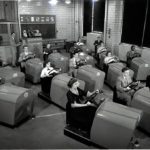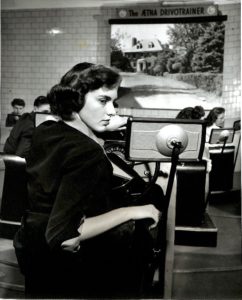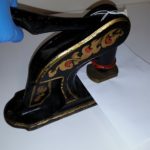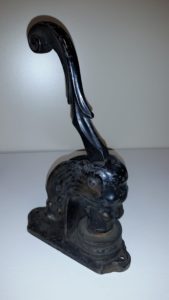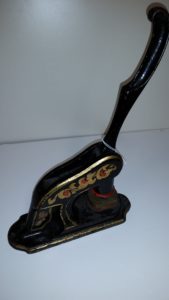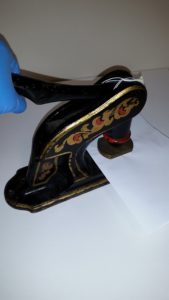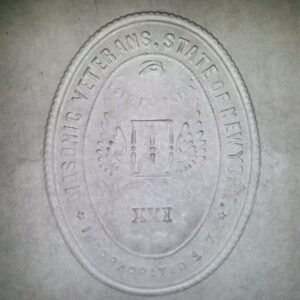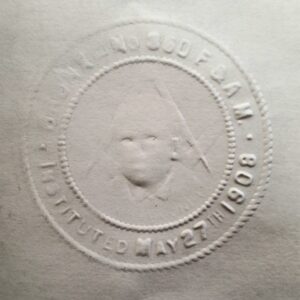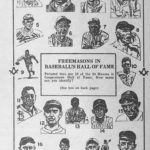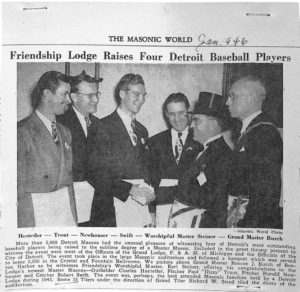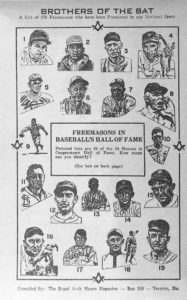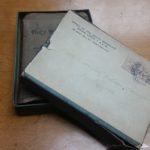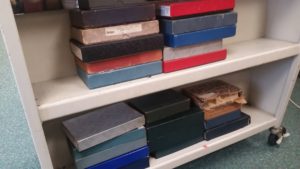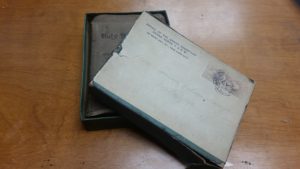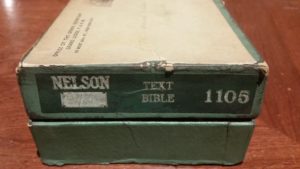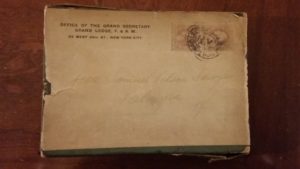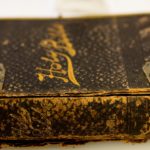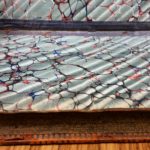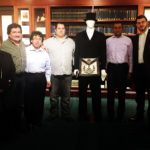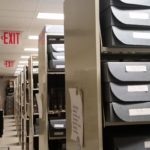
At the library, one of my main duties involves the answering genealogy requests from both Brothers and the public. These requests are often trying to gain a better understanding of family members who were Freemasons, and their level of involvement.
A genealogy search in this collection entails knowing how to use and interpret the collection’s
Books, Microfiche, Manuscripts, Card Catalog
To begin such a search as this:
1. I first ask if they have the birth and date years of the person that is being looked for. As our collection has a vast amount of resources, materials used for genealogy are often separated by time periods. Thus, knowing the time period in which an individual lived in would direct me to the proper resources.
- Pre-1900 material: Found in our archives/ microfiche
- Post-1900 material: Microfiche/ digitized in the Online Historical Lodge Files
2. If the patron knows the Lodge from which the person derives from, I would often go directly to the files that we have on that Lodge, and physically look through the material to see if I could find their names and possible positions within the Lodge itself.
3. If the patron does NOT know the Lodge, I would start by looking in the archival material/card catalogs we have that pertains to members. In the hopes that the person might have held a position in the Grand Lodge of New York F. & A. M., I also look in our related catalogs concerning who held these positions.
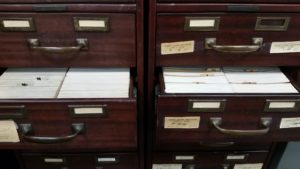
- A last resort is asking if the individual knows what particular area in New York that the person might have lived in. If so, I can usually check to see which lodges were operating in that particular area during the time frame of the person. Thus, I would be able to narrow down the number of lodges that I would look at, to find this person.
- If the person was also part of a concordant body and I was given the year of their death, I would often use the proceedings from these concordant bodies, as their Necrology sections are often accurate and reliable sources.
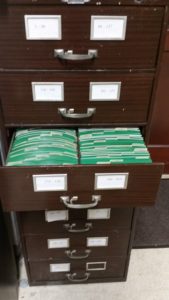
4. Once a person’s Lodge is found, using the returns that are found in the microfiche and archives collection is a good way to look for a specific confirmation of Lodge membership. When supplied with a death year, I would often use the Return from that year to find where it was notated that he died, and to then use the Returns to trace back to when he joined.
5. Further information about said person can be found in the files pertaining to that individual’s lodge.
If you are interested in having a genealogy search done, please contact assistantlib@nymasoniclibrary.org

